PEOPLE
We are proudly international!
The diversity of backgrounds in the group – cultural, educational, or any other dimension – enriches our work as a team, and provides additional and welcome opportunity for learning.
TEAM
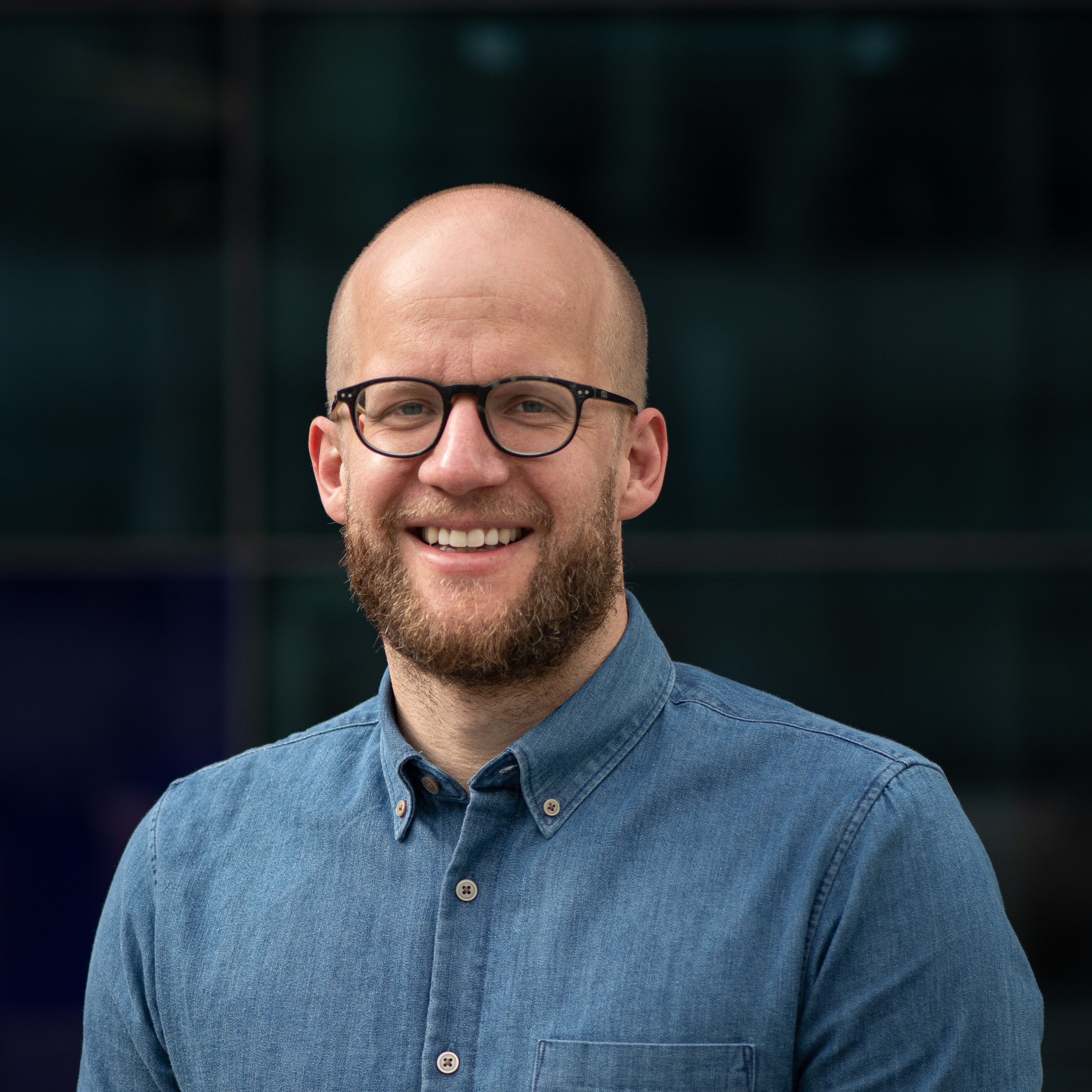
David Labonte
Principal Investigator
Keeping everyone motivated & happy
I joined the Department as a Lecturer in May 2018, after having spent almost 8 years in a small bubble called Cambridge, where I was a fellow of Clare College, conducted postdoctoral work at the Department of Engineering, and obtained my PhD at the Department of Zoology. My first degree is in Biomimetics (I kid you not), and comes from the City University of Applied Sciences in Bremen,
I consider myself lucky to work in my dream job, with a group of wonderful and inspiring people. Our research themes all have in common that… the principal underlying question can be explained to a 7-year old! Questions that interest us lie exclusively at the intersection between physics, engineering and biology, with the occasional leaning to one side or another. Broadly speaking, we use methodological approaches from physical sciences and engineering to study questions of relevance in biology.
It is important to me that our research holds up to the highest standards, but does so in a friendly, collaborative and supportive way. We work together, not only in our group, but in our Department, the College, and in an international community. I firmly believe that science should be open, and, as a team, we hence makes an effort to make the results of our work available to whoever might be interested or benefit from them.

Fabian Plum
Postdoctoral Researcher
Computer vision & Machine learning methods to study insect behaviour
More than anything, I love developing new technologies and tools that help us to better understand the world around us. Because I am equally passionate about natural sciences as well as the applicability of engineering, I completed my bachelor’s degree in Biomimetics at the City University of Applied Sciences in Bremen. In October 2018, I began studying Human and Biological Robotics at Imperial College as an ideal combination of these interests.
I am especially fascinated by the emerging properties of swarming intelligence we can find in nature. In large groups of individuals, whether humans, birds, or arthropods, we find a finite set of simple interaction rules. These lead to a behaviour of the group which can be far more complex than the sum of its parts. The underlying rules can be incredibly hard to identify by traditional means, which is why I aim to employ machine learning and computer vision algorithms to automate the identification of individuals and their task distribution.
Whenever I am not trying to decipher the rulebook of leafcutter ants, I design and build biologically inspired autonomous aerial and underwater vehicles.
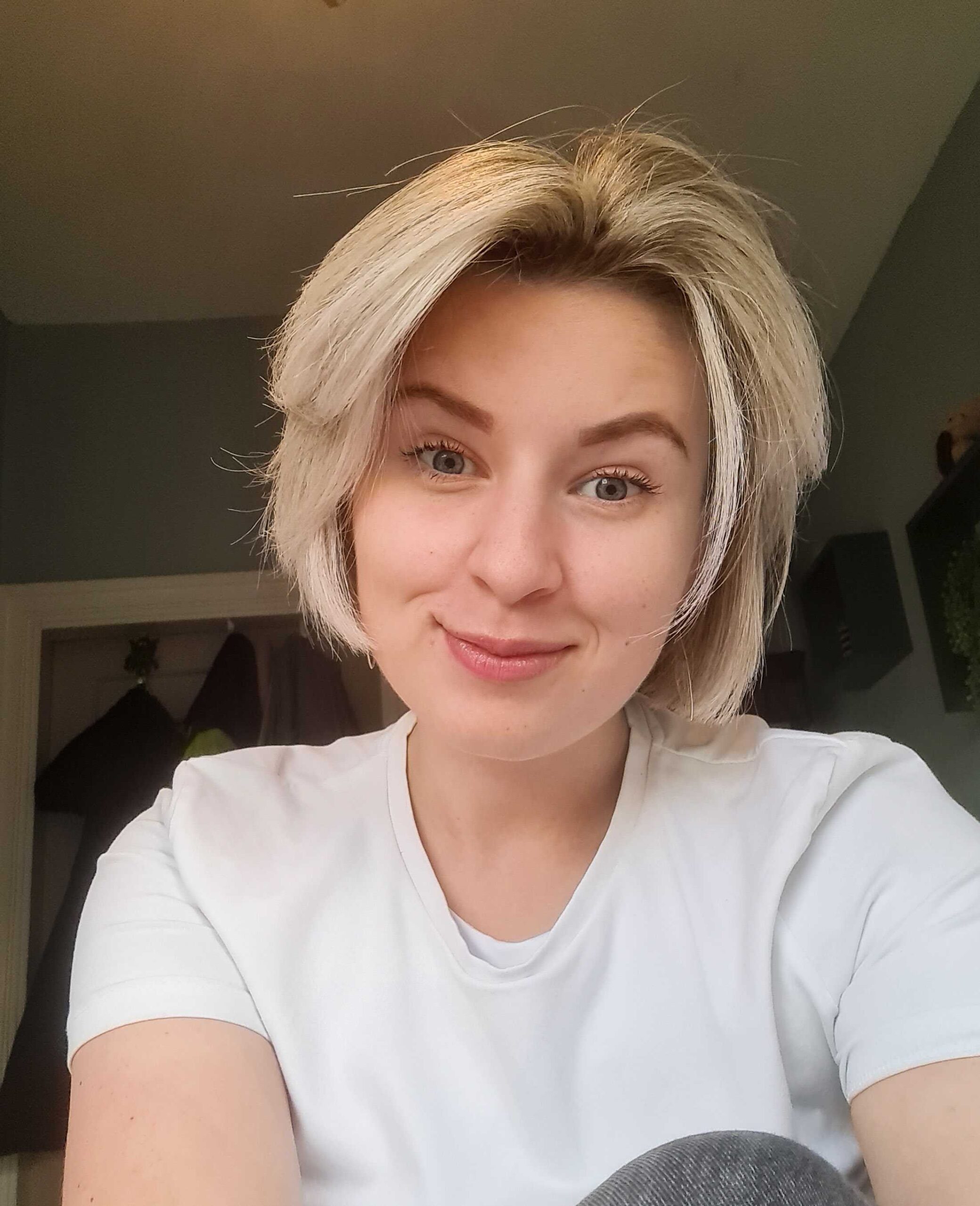
Liv Walthaus
Postdoctoral Researcher
Energetics of insect locomotion
I have recently joined the group as a PhD student in October 2020 and am enjoying taking my first exciting steps into the world of insect biomechanics, specifically focusing on the energetics and biomechanical interactions of foraging in leaf cutter ants.
I previously gained a Masters Degree in Physics from Nottingham Trent University where I was first introduced to the joys of multidisciplinary research through my master’s thesis studying how shear forces effect the bioluminescent glow of dinoflagelletes.
Applying physical laws I studied throughout my degree to intricate biological phenomenon is what I am truly passionate about and I feel privileged to continue this further through PhD study.
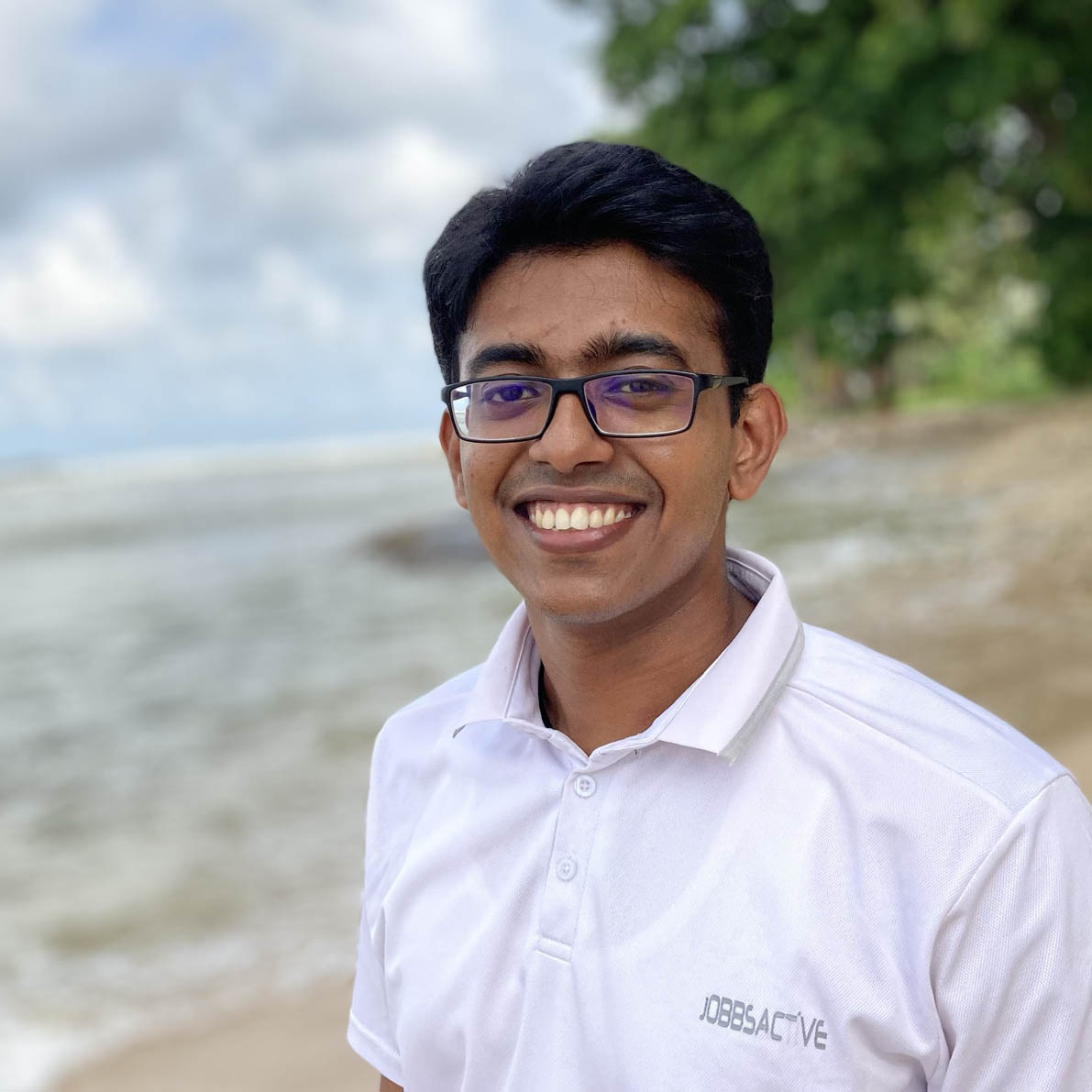
Dilanka Deegala
PhD Student
Biomechanics of wear in Insect mouthparts
As a graduate of Mechanical Engineering whose undergraduate research was primarily focused on the mathematical modelling of vehicle dynamics, the question I am asked most often is why I decided to pursue a PhD in Bioengineering. Me, as a first year undergraduate would have asked the same question. It took me four years studying mechanics as an undergraduate to realize that we are living in the greatest engineering creation of all time; nature itself. Evolution has devised the best solutions for most of the problems that living beings have stumbled across. So, why re-invent the wheel? Since the dawn of this understanding, I have decided to explore more into the brilliant and creative solutions found in nature for the questions that has always baffled us.
Wear has always been an area where scientific community has struggled to make progress because of the inherent difficulties in modelling and understanding complex interactions between multiple bodies specially in the nano and micro levels. Not only humans but many living creatures have to manage wear in their interactions with the environment. Hence, investigating the solutions that nature has come up with to manage this issue can provide us valuable insights and inspiration for better designs. In my PhD, I’ll be looking into the strategies used by herbivorous insects to reduce wear in their mouthparts and how plants are adapted to induce more wear. This will not only transform the way we understand nature, but it will open up new avenues in the field of engineering where managing wear is crucial.
When it is time to come back to the macro world, I love to let off the steam by designing and operating RC aircraft and cars, engaging in motorsports, or forgetting myself in a world of pencil drawings.
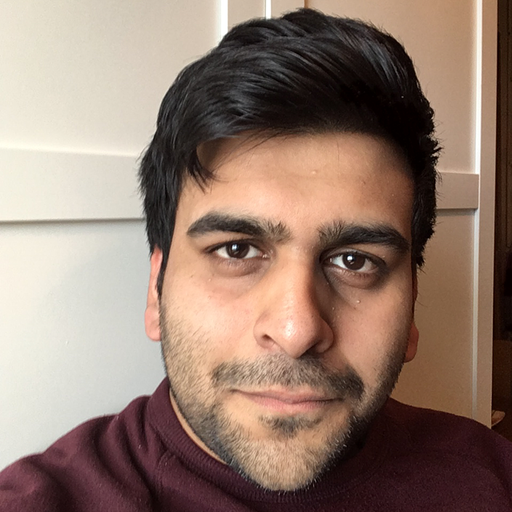
Haaris Asghar
PhD Student
Biomechanics of biological needles
Needles are used widely in medicine. They are simple to use and effective, and there are many cases where delivering drugs or extracting a sample for testing from a precise location is needed, with minimal damage to the surrounding tissue. My PhD is on the question, can the needles we used be made sharper, and what would a sharper needle design look like?
Sharper needles would mean more precision, more predictability of the insertion path and less damage to surrounding tissue. It could possibly also mean needles that are simpler to use. This would further expand the use cases for needles in many ways. It is certainly possible for needles to be sharper. It is widely seen in nature, mosquitoes for instance, pierce skin with lower forces than currently engineered needles. Leaf footed bugs are a common pest that can pierce fruits and even nuts.
Part of the challenge of understanding the performance of these biological needles is in understanding the soft materials that they are used on – these often have complex deformations and the stress and strain patterns under the needle are not obvious. What I am working on currently is using Light Sheet Microscopy to analyse the strain fields under a sharp indenter in order to shed light on how needle geometries effect the force needed to puncture a soft material.
I did my undergrad here at Imperial and my first UROP (undergraduate research placement) with this group, and am very happy to be back!
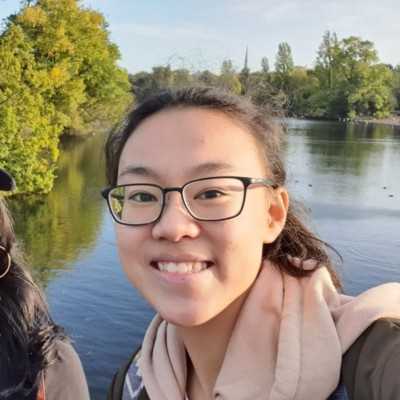
Melissa Tan
PHD Student
Biomechanics of trail traffic in leaf-cutter ants
I was first given the opportunity to work with the lab and the leafcutter ants in my second year of undergrad Biomedical Engineering studies in the department. Despite a deep-rooted and ongoing fear of insects, I was (unfortunately) absolutely captivated by the ants. There was so much to learn, and so many areas to be explored, and even more room for new techniques and devices to be developed to study them.
I continued working on projects about the ants in the rest of my degree, and still have plenty of curiosity left. As an inquisitive person with a love for multidisciplinary projects, I’m excited to spend the next couple of years trying to understand more about the foraging biomechanics of the leafcutter ants and their traffic dynamics. Hopefully I will also conquer my fear of insects.
When I’m not busy thinking about the ants, you can find me thinking about my next crochet project, or falling off a bouldering wall.
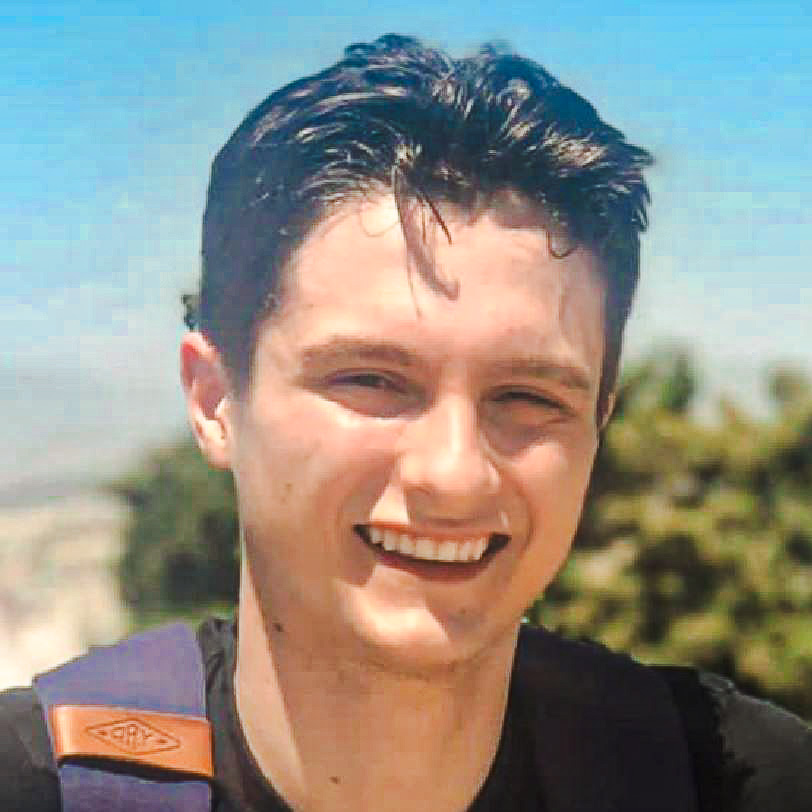
Oscar Healy
Research Assistant
Development of scAnt
I’ve been working in the lab since 2021: starting with a 3rd year group project as part of the Biomedical Engineering in the departement, then completeing my Master’s thesis in the field of computer vision and leaf-cutter ant herbivory, and now as a research assistant developing our affordable photogrammetry system scAnt.
I’m commited to the principles of open science and aim to contribute to science communication and outreach wherever possible. I’m fascinated by the development and use of machine learning and computer vision tools, especially in relation to animal behaviour studies, and I feel lucky to be able to work in this field in such an a great lab!
Outside of the lab you’ll find me singing in Goldsmiths Choir down the road or at the local cinema.
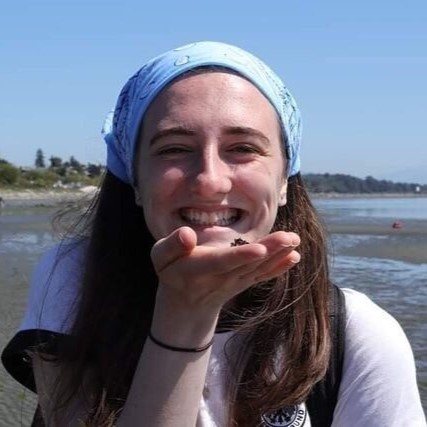
Nina Dorsch
phd Student
Optimal gearing in musculoskeletal systems
I joined the group in October 2024 after completing my undergraduate degree in Physics and Environmental Science at the University of British Columbia in Vancouver, Canada. My undergraduate research focused on the relationship between plants and anthropogenic climate change, which acted as a first window into combining the biological world with my understanding of the dynamics that shape everyday life.
During my first year in the group, I completed a master’s degree focusing on how temperature affects biomechanical parameters (mandible closing speed and bite force) of cutting speed in leaf-cutter ants. I consider it a privilege, and am delighted, to be staying on in the group for a PhD to explore optimal gearing in the musculoskeletal systems of praying mantises and bush crickets.
When I am not in the lab, you can find me on a run along the river, hiking through the mountains, and spending time puzzling, baking or reading at home.
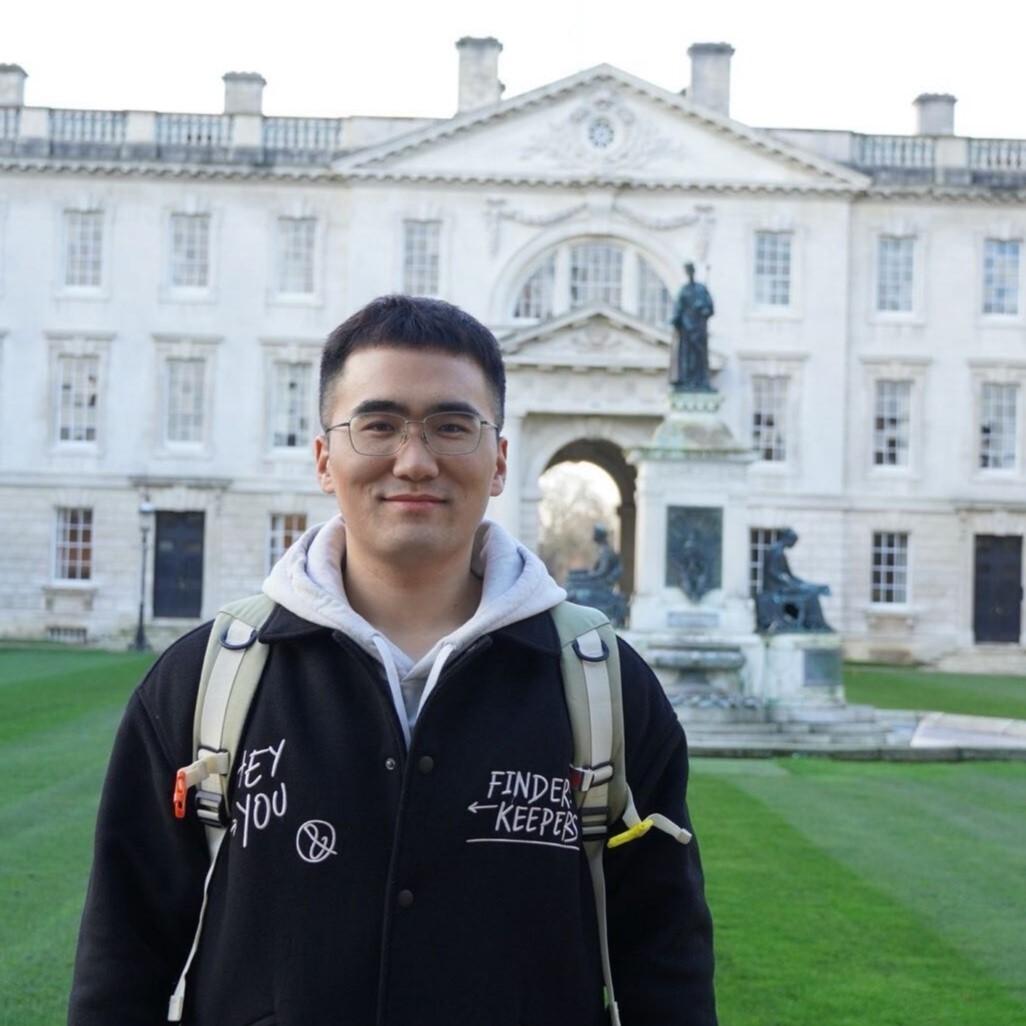
Xinyang Wang
PhD student
Biomechanics of terrestrial locomotion in insects
After one year of MRes study in the group, I am super excited to get funding to stay on as a PhD student. My research will focus on using computational simulation and hexapod robots to understand the locomotion strategies of hexapod insects; using the omnidirectional treadmill I helped developed during my MRes, I will also gather data from insects for comparison and validation.
Out of my love for animals and robots, my research since my undergraduate has focussed on bio-inspired robots and biomimetics, from swimming fish to flying birds, and now terrestrial locomotion in insects. I like to explore the locomotion mechanism of animals and try to replicate them in robots. One of the important benefits brought by robots is that we can test and simulate some of the locomotor behaviors of animals without forcing them.
Outside the lab, you will most likely find me in the gym. I try to do strength training four to five times a week and cook the fitness meals as tasty as possible. Feel free to come to the gym with me and discuss how to make these things (chicken breasts, beef…) a little more delicious.

Delyle Polet
Postdoctoral Researcher
Optimal design of musculoskeletal systems
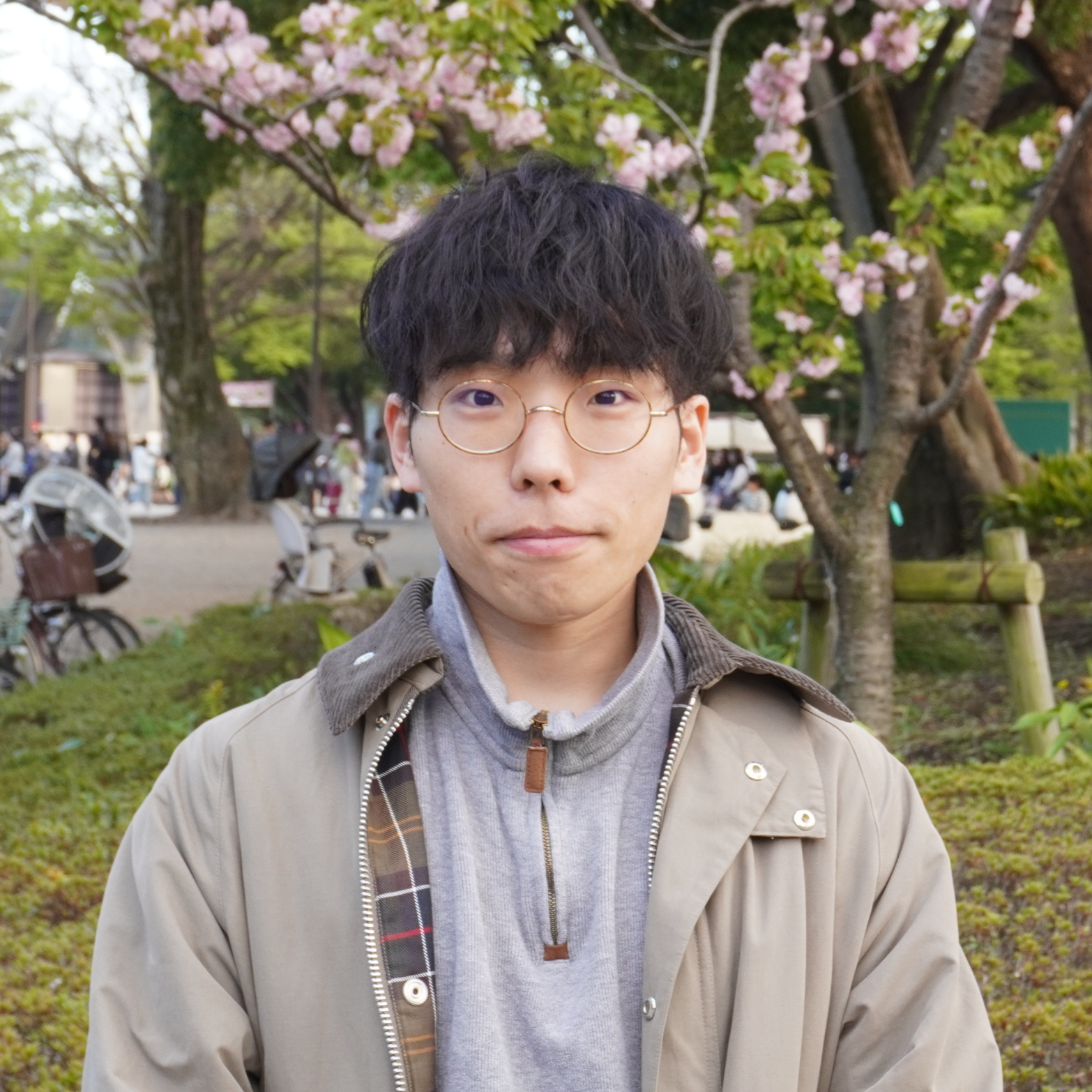
Toshihiro Shiratori
Visiting PhD Student
Ground Reaction Force measurements in insects
I’m very pleased to have joined this lab as a visiting researcher from Keio University in Japan. My main research field is MEMS (micro-electromechanical systems). During my bachelor’s and master’s studies, I worked on biomimetic microstructures inspired by the tree frogs and on tactile sensors that combine microstructures with vision-based machine learning. In my doctoral work, I apply MEMS techniques to develop sensors capable of measuring ground reaction forces in small insects.
My research focuses on using sensors I build to measure insects’ ground reaction forces and to understand their locomotion. I am fascinated by the behaviour of things in the micro world. In particular, the scale effects whereby physical behaviour changes with size are particularly interesting.
Outside the lab, I love both listening to and playing jazz; I play the guitar. I also enjoy taking walks to clear my head.
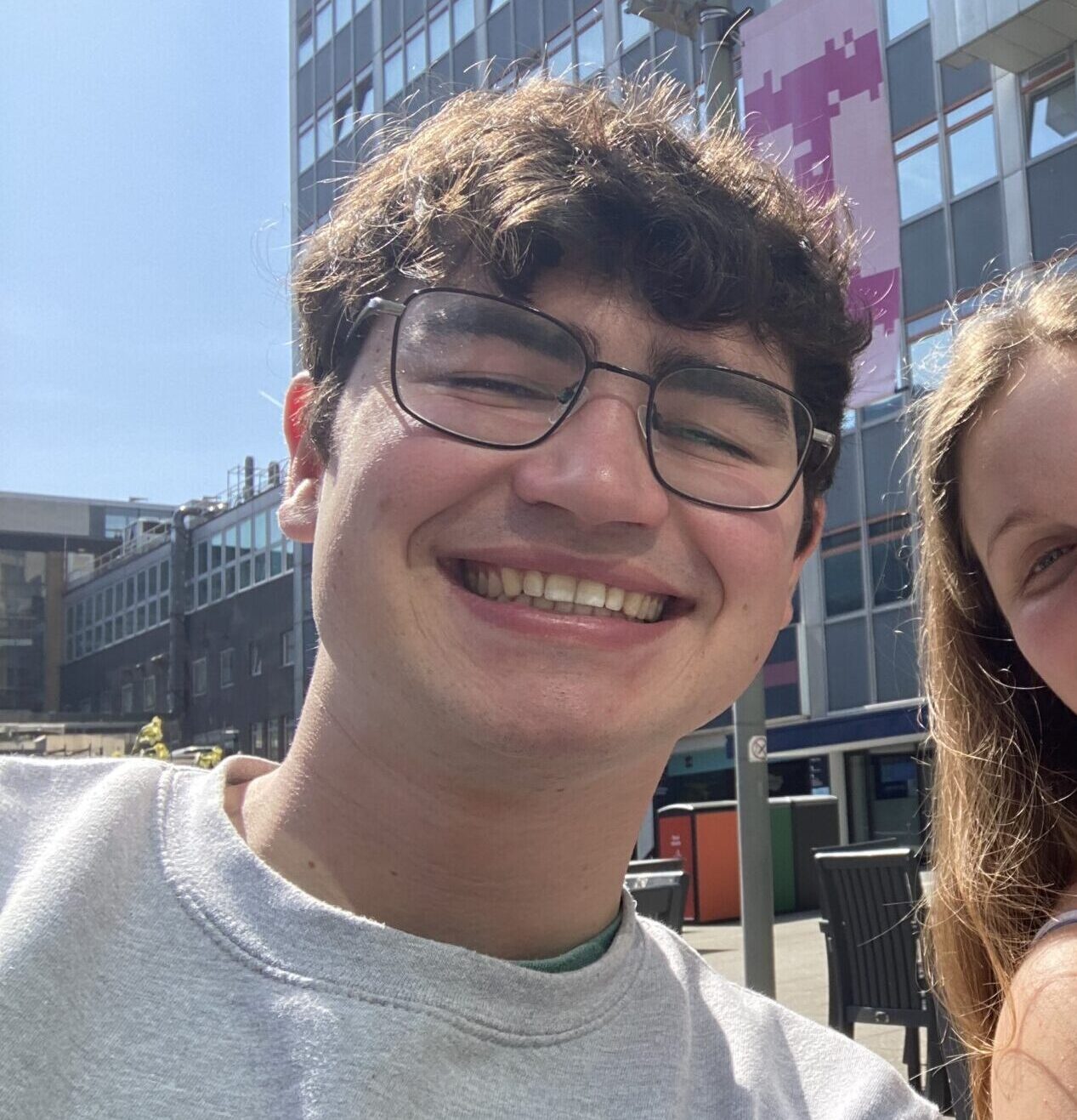
Charlie Brook
PhD student
Energy landscapes for muscle-driven motion
I began working in the group in 2023 as an undergraduate researcher while studying Biomedical Engineering at Imperial. I worked on models for work efficiency during muscle activation. I’ve been here ever since, working on my undergraduate group project (in collaboration with HEXR), my master’s thesis on the tuning of system parameters in biological spring systems, and exploring wider questions that really interest me in theoretical biomechanics.
I have just embarked on my journey as a PhD student with the group, continuing my work on mathematical models for muscle biomechanics. I am excited to contribute to work in the field and hopefully find beautiful approaches to capture complex phenomena.
When I’m not rearranging equations, you’ll find me on my bike training for a triathlon (though I’m not really a fan of running) or playing card games with other members of the group.
MEng Students
Elyse Wu
Meng | DEPARTMENT OF BIOENGINEERING | IMPERIAL COLLEGE
Undergraduate and Summer Students
Collaborators
We are lucky to collaborate with brilliant scientists around the world, and across disciplines.







